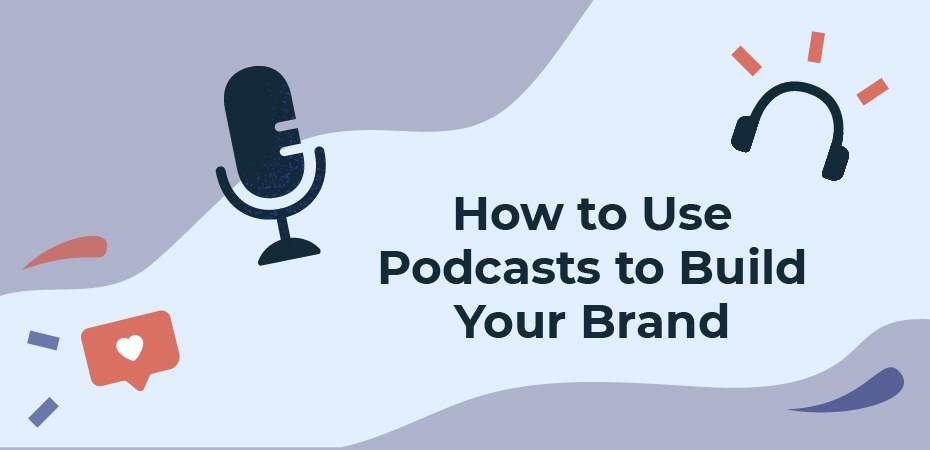July 20, 2021
| Article | by Pete Larmey | Public Relations
10 Years On: A Look at How PR Has Changed Over the Past Decade
This July marks my ten year anniversary with REQ, and though that probably will not matter to anyone but me, it’s caused me to reflect on some of the more significant ways PR has changed since I first set foot in the doors of our former office space on Westpark Drive in Tysons Corner, Va.
Back then the company I worked for was called SpeakerBox Communications. We were strictly a PR firm. In 2011, that primarily meant handling media relations for our clients, with the occasional award submission and speaking opportunity thrown in for good measure.
But even then the PR landscape was changing. While getting media coverage was (and still is) vitally important, clients began asking us for more. They wanted ghost-written articles, white papers, and other longer forms of content. They also wanted visual content -- infographics, website design, and the like. In short, they wanted a full spectrum of communications services.
Finally, in January, 2019, we were acquired by REQ, melding our PR capabilities with the breadth of offerings that only a full-service digital marketing agency can provide. It was our answer to navigating the changing PR landscape. The rest, as they say, is history.
Speaking of history, I’ve observed a few things over the past ten years that have led to where we are now, this melding of PR, advertising, and digital communications. I’d like to share a few of those with you.
PR became difficult to define
It was inevitable that PR would evolve from being mainly media relations to encompassing a broader set of disciplines. Companies want their marketing efforts to be tightly integrated, with advertising, PR, digital, social, and other programs in alignment.
As such, over the past few years PR has become increasingly difficult to define. Today, PR is, in my opinion, pretty much any type of marketing communication that positively influences key stakeholders, including customers, partners, and even employees.
Here are some things that could today be considered forms of PR, but probably were not back in 2011:
- White papers and ebooks
- Infographics
- Marketing collateral (product data sheets or other types of sales pieces, for example)
- Blog posts
- Search engine optimization (not strictly PR, but certainly an important component of any PR program)
- Social media
REQ offers all of these services. Some of them are considered part of our PR umbrella, while others are listed as different forms of services. However, the truth is there’s so much overlap that I consider all of these intertwined and any good PR program will have some elements of each.
Contributed articles have become increasingly beneficial to both editors and our clients
In 2012 I began to notice that a lot of the editors we worked with weren’t necessarily interested in sitting down for interviews with our clients. There were a few reasons for this, but one of the bigger ones was that they simply did not have the time or the staff to allocate to all of the story ideas they received. Instead, they began asking us to work with our clients to submit byline articles -- thought leadership pieces that talked about compelling ideas that would resonate with their readers. Thus, I created the Editorial Services team, a group of writers solely dedicated to providing our clients with longer forms of content, including articles.
The need for this type of content is even more prevalent today than it was back then. Indeed, editors routinely ask us for contributed pieces that cover some of the most topical issues happening within the various industries our clients are involved in. Indeed, most of our clients have ongoing monthly columns in various publications. That’s a win for the editors, because it helps them provide information to their readers while freeing their writers to work on breaking news or other stories. But it’s also a win for our clients, because it gives them more control over what they want to say (short of pushing their own products) within the context of their articles.
Podcasts have become a hot commodity
Over the past ten years we’ve seen new methods of communication take root and flourish. Social media is an obvious example, as are infographics which, despite being around for literally hundreds if not thousands of years, really exploded in popularity over the past few years.
But perhaps no form of communication has gotten as much attention, in such a short period of time, as podcasting. In fact, I can’t tell you how many times over the past year I’ve heard clients ask “Should we do a podcast?”
Podcasting really began to take off during the pandemic, when a lot of people were spending their time at home, going for walks, and just trying to clear some headspace. But it’s not showing any signs of slowing down, especially in the business realm. In fact, according to Deloitte, 68% of the largest Fortune 500 companies hosted their own podcasts on their corporate websites. The main reason? Because they’re great marketing vehicles that offer companies a way to promote their internal thought leaders and have them literally speak to important stakeholders. Want some other reasons? Check out our blog on the rise of podcasting and how you can use them to build your brand.
There’s so much more that has happened! ROI, which has traditionally been so difficult to track, has become table stakes. Contributor networks through sites like LinkedIn, Forbes, Medium and others have become great tools for expressing opinion and reaching audiences. Inbound marketing and lead nurturing once would have been considered part of advertising but are now important tools in the PR toolbox.
Some days it’s hard to keep up. But then I remind myself that, as much as things have changed over the past decade, one thing remains constant: our goal. That goal is still to get our clients noticed and in front of the people who matter the most. I don’t see that ever changing, though I suspect the methods we use to do that will continue to evolve rapidly.

